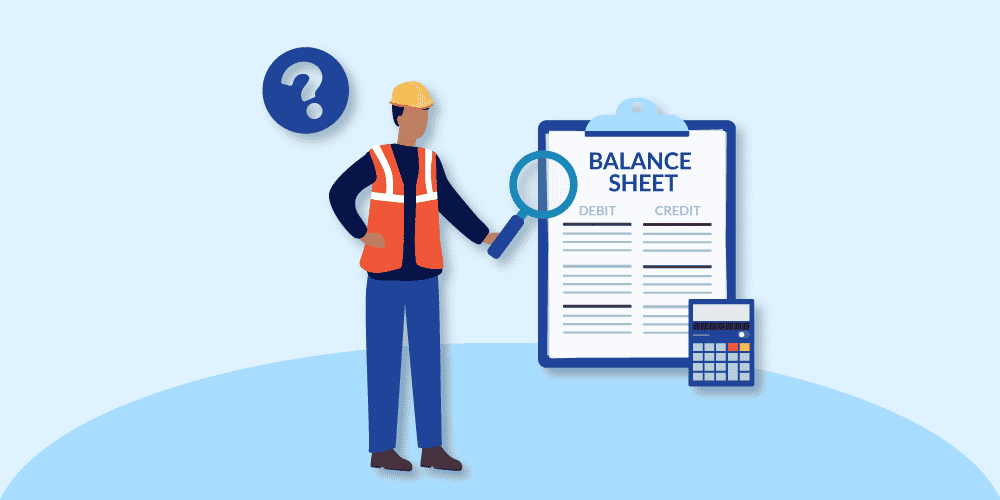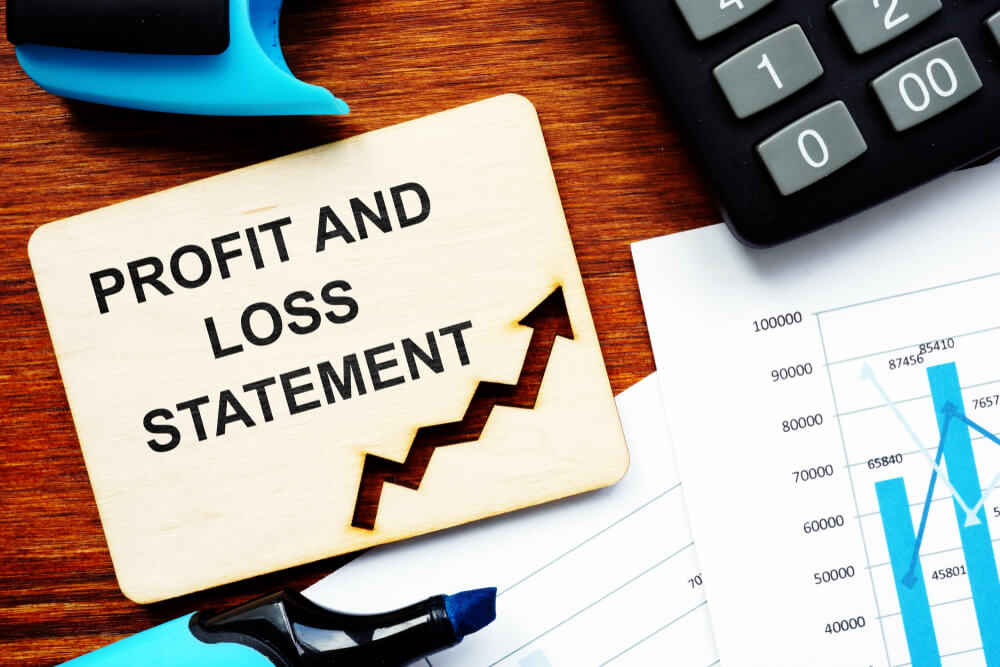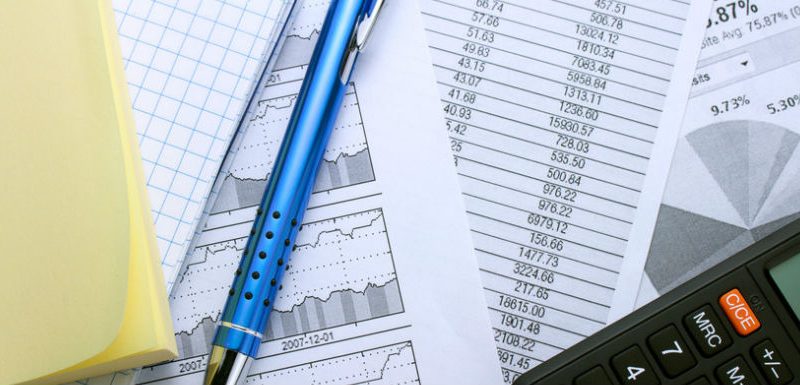Small businesses often need a range of paperwork to run their operations. This includes tax filings and financial statements to mention a few. However, this has become too complex considering the amount of data a business needs to keep track of. Most startup businesses almost believe it would be less stressful if they had to pick preparing a balance sheet over a profit and loss statement. Well, if you assumed that, then you need this post way more than I thought. So, stay put as go over the differences between a balance sheet and a profit and loss statement (balance sheet vs. profit and loss statement)
Overview (Balance Sheet vs. Profit and Loss Statement)
To begin with, the profit and loss statement, also known as the income statement, is a type of financial statement that works alongside the balance sheet, but each serves a different purpose in helping you manage your small business.
Balance Sheet

Two of the three financial statements that businesses release on a regular basis are the balance sheet and the profit and loss (P&L) statement. Creditors, market analysts, and investors analyze a company’s financial soundness and development potential using such statements. They basically give an ongoing record of its financial condition. The cash-flow statement is the third financial statement.
Read Also: Cash Flow Statement Indirect Method: Overview, Examples, Calculations
The balance sheet depicts a company’s resources or assets, as well as how those assets are financed, whether through debt (liabilities) or equity (shareholder equity). The balance sheet gives creditors and investors a picture of how well a company’s management handles its resources.
Furthermore, the balance sheet, like the other financial statements, is a tool for performing financial analysis and calculating financial ratios.
Items on a typical balance sheet include;
#1. Assets
The term “asset” refers to a variety of resources that aid in the generation of revenue, as well as receivables. Assets are resources that could possibly help to cut costs, improve profitability, and provide consistent cash flow by converting raw materials or converting them into cash or financial equivalents.
- Cash and Cash Equivalents: Treasury bills (T-bills), short-term certificates of deposit (CDs), and cash are among the most liquid assets.
- Marketable Securities: Equities and debt securities with a liquid market fall under this category.
- Receivables: These are monies which customers owe a company. You can also refer to them as accounts receivable.
- Inventory: This section contains all of the items for sale.
#2. Liabilities
The term “liability” signifies all types of account payables. It can further be defined as a financial obligation that individuals must meet. Usually, the liabilities tend to play a significant role when it comes to financing expansion or ensuring smooth processing of everyday operations of commercial practices.
- Debt: This includes current long-term debt as well as bank indebtedness.
- Overhead: Rent, taxes, and utilities are all integral in this calculation.
- Payables: This includes unpaid wages as well as dividends.
Read Also: ACCOUNTS PAYABLE PROCESS: How to Manage the Process Effectively
One of the most frequent financial measurements used by analysts to determine a company’s financial health is shareholder equity. This is often equal to a firm’s total assets minus its total liabilities.
Simply put, shareholder equity is the amount that would go back to shareholders in the event of a company’s asset liquidation. Basically, in this scenario, all of its obligations would have to be repaid.
Furthermore, the percentage of net earnings not given out as dividends but held by the company, either to be reinvested in its core business or to pay off debt, is noted under shareholder equity.
The Balance Sheet vs. the Trial Balance
It’s crucial to understand the difference between the trial balance and the balance sheet. This is an internal report that only the accounting department has access to. On the other hand, a balance sheet is a financial statement that is sent to other departments, investors, and lenders.
The trial balance is more granular since it gives financial information at the account level, such as general ledger accounts. The information in the trial balance eventually comes in handy when compiling a period’s financial statements.
The balance sheet, on the other hand, sums up the number of assets, liabilities, and shareholder equity in the accounting records at a given point in time. Unlike the trial balance, the balance sheet, contains outstanding expenses, accumulated income, and the value of the closing stock. But then the balance sheet must also follow a standard structure outlined in an accounting framework, such as the International Financial Reporting Standards (IFRS) or Generally Accepted Accounting Principles (GAAP).
Read Also: GAAP: Overview, Importance, History, Limitations
P&L (Profit and Loss) Statement

A profit and loss statement, also known as an income statement, is a financial statement that summarizes revenues, expenditures, and expenses for a given time period; usually a fiscal year or quarter. These statistics reveal a company’s ability (or lack thereof) to produce profit through growing revenue, lowering costs, or a combination of the two. Other names of the P&L statement include; the “statement of profit and loss,” the “statement of operations,” the “statement of financial results,” and the “income and expense statement.”
Some of the items on a profit and loss statement include;
#1. Bottom Line and Top Line
The P&L statement shows a company’s top and bottom lines. It starts with a revenue entry, known as the top line, and subtracts the costs of doing business, which include the cost of goods sold, operational expenses, tax expenses, interest charges, and any other “exceptional” or “one-time” expenses.
#2. Realized Profits and Loss
By comparing total revenues to total costs and expenses, the P&L statement reveals the company’s realized profits or losses for the specified period of time. It can demonstrate a company’s potential to increase profit over time, either by cutting costs and expenses or by boosting sales. P&L statements are often published annually at the conclusion of the fiscal year; although they can also be published quarterly.
Accountants, analysts, and investors scrutinize the cash flow and debt financing capacities of a P&L statement.
#3. Revenues and Expenses
Revenues and expenses are recorded on the P&L statement when they are incurred, not when the money is received or disbursed. The fact that the P&L statement uses operational and non-operating revenues and expenses, as defined by the Internal Revenue Service (IRS) and GAAP, is one of its many advantages.
Balance Sheet vs Profit and Loss Statement
Although the balance sheet and the profit and loss statement both contain financial data such as revenues, expenses, and profits, there are significant differences between them. The major one is as follows:
A balance sheet shows a company’s assets, liabilities, and shareholder equity at a certain point in time, whereas a profit and loss statement summarizes a company’s revenues, costs, and expenses for a given time period. Other major differences are as follows;
#1. Each Statement’s Purpose
Each document is created with a certain goal in mind. Balance sheets are more comprehensive, outlining the company’s assets and liabilities as well as any long-term investments. Furthermore, unlike a P&L statement, the balance sheet shows the entire worth of long-term investments or loans. The term “balance sheet” comes from the way the three principal accounts eventually equalize and balance out. Meanwhile, the total value of all assets is presented in one area, and it must equal the total value of all obligations and shareholder equity.
The profit and loss statement, on the other hand, answers one question: Is the company profitable?
While accountants use the P&L statement to evaluate the correctness of financial transactions, and investors use it to assess the health of a firm, the company can evaluate its own statement for productive purposes. Close examination of financial statements reveals where revenue is strong and expenses are incurred efficiently, as well as the inverse.
For example, a corporation can detect both rising sales and declining profitability; which will help them look for innovative ways to cut operating costs.
#2. Total Value vs. Profit
The P&L statement shows net income, which indicates whether a company is profitable or not. The balance sheet, on the other hand, depicts the true value of a company, i.e. its total value. Though both of these are oversimplified, investors and lenders frequently view the P&L statement and the balance sheet in this way.
However, it’s crucial to keep in mind that earnings/profits are totally different from cash flow. It is likely for a company to make a profit without creating cash flow, or to make a profit without generating cash flow.
Is Profit and Loss Statement the Same as Balance Sheet?
To begin with, the profit and loss statement is not the same as a balance sheet. the profit and loss statement is a type of financial statement that works alongside the balance sheet, but each serves a different purpose in helping you manage your small business. They are two of the three financial statements that businesses release on a regular basis
What Is More Important P&L or Balance Sheet?
The profit and loss statement, balance sheet, and cash flow statement are the three financial statements that work together to measure the financial health of your organization. This means that when it comes to P&L statements and balance sheets, none is more important than the other.
What Is the Relationship Between Balance Sheet and Profit and Loss Account?
The relationship between the balance sheet and the profit and loss statement is that they are both integral aspects of preparing a financial statement.
What Are the 5 Elements of Balance Sheet?
Assets, liabilities, equity, income, and expenses make up the five elements of a financial statement.
What Are Limitations of Balance Sheet?
Balance sheets have three limitations: assets are reported at historical cost, estimates are used, and significant non-monetary assets are omitted.
Final Thoughts
The balance sheet and P&L statement, in combination with other financial papers, are useful in evaluating a company’s operational efficiency. It is also a tool for evaluating year-to-year consistency, and organizational orientation. As a result, investors and the company’s executives analyze the data stated in each document.
But if at some point, you get stuck with preparing any, the best option would be to employ the services of a professional. In the meantime, you can reach out in the comment section for any questions.
- Income Statement Explained!!! What is an Income Statement? Formulas & Elements
- FINANCIAL REPORTING: All you need to know with Examples (+ quick easy tools)
- MULTI-STEP INCOME STATEMENT: Examples, Format & How-to Guide
- Single Step Income Statement: Definition, Examples,Comparisons & Format
- Introduction to Financial Accountin






